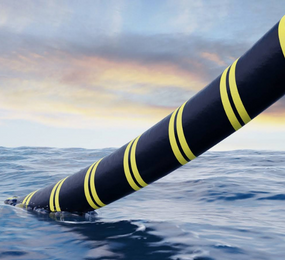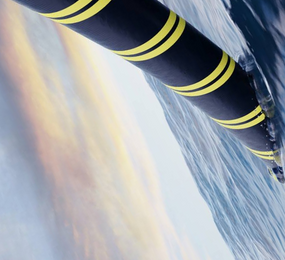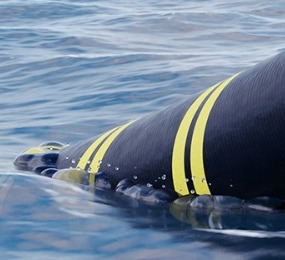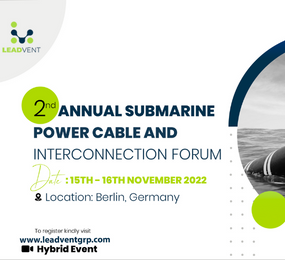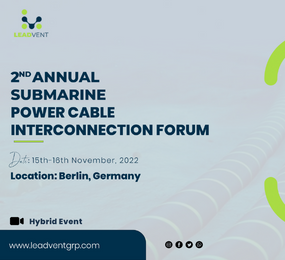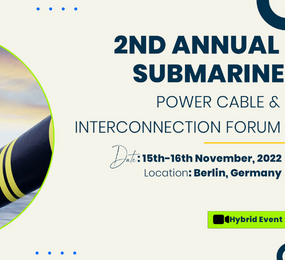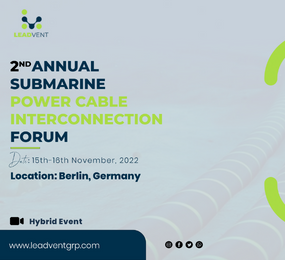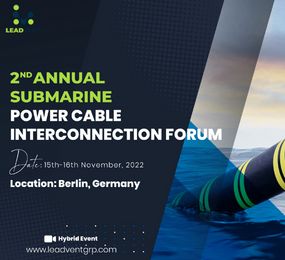Why do Cables Require Maintenance?
Reliability is key when dealing with Subsea cables. Do you know that cables can last longer than expected collapse time and still be reliable? Yes, this is possible especially when cable longevity was considered to be of paramount importance at the early stages of the cable's life i.e. manufacturing stage till its repair times/era. Furthermore, early error occurrences are very difficult to detect and they have tendencies to cause cable failures and damage.
Submarine cables used for renewables are meant to be of high-quality and low maintenance cost as such required specifications mandated must not be compromised so as to encourage cable sustainability.
Subsea cables are laid or buried in seabeds at extreme water depth conditions which are threatened by many risks and disturbances due to the nature of their deployed location. For instance, Over €350 million of insurance claims have been made just in the past seven years.
Regardless of the technological innovations and advancements in the submarine cable industry, Submarine cables are still prone to damage and failure if not carefully handled.
Cable Design
Cable design plays an irreplaceable role in the functionality and productivity of cable as any unresolved error could adversely affect the entire project until the repair is done and most repair mechanisms are very costly to handle.
But despite being part of advanced technology, submarine cables remain relatively easy to damage.
To design a cable, there are specifications to be met that depend on the basic function of the cable in question. Subsea cables are of different varieties depending on their composition, length, and diameter.
In terms of function, cables are of two basic types High Voltage Alternating Current Cables (HVAC) and High Voltage Direct Current (HVDC) Cables.
To choose a suitable cable for a project, the route length is the determinant factor. For cables with an 80km length or less, HVAC cables are considered most suitable but for a distance that surpasses 80km, HVDC is perfect for such a project.
A typical AC cable contains three-phase cables which are either laid together or as separate three cables during installation while DC cables are made up of two conductors that during construction could be intertwined together or laid separately; this depends on the DC system required, it can either be Bi-polar or Mono-polar.
A Typical Cable Structure
The structure of a cable consists of a central conductor which is covered by insulation, armoring and external sheath. An interface is made on dome cases using additional elements between the various layers such as tape and screens.
Conductor Material
Conductors can be produced with either copper or aluminum. Typically, Copper is the most used material due to its high conductivity, minimizing electrical losses, and good corrosion resistance properties. However, there has been a recent shift to aluminum as a conductor material due to its weight and cost advantages. Aluminum density is about ? when compared to copper. To produce a lighter cable which is ideal for the deepwater application so as to reduce catenary loads during cable laying operations.
Cable Insulation
There are two different insulation technologies that could be used for subsea cables. Mass impregnated (MI) or cross-linked polyethylene (XLPE) could be used.
Mass impregnated insulation is made of multi-layer paper tapes, bloated with a high viscosity oil-like compound, helically wrapped around the conductor to reach the desired insulation thickness which can be good for High voltage cables construction. However, MI cable is currently phasing out due to its required low operating temperature, diameter, weight, and cost compared to XLPE cable technology. XLPE cables on the other hand are conductors made of polymer.
Armoring
Armoring consists of layers of steel wires used to provide the mechanical axial strength required during handling and installation Operations. Typically, the armoring is made up of a single layer or two layers opposite pitch positions to offer a torque-balanced cable. In addition, armoring can also pose as a protective armor against external dangers such as objects, fishing activities, or dragging anchors.
External Sheath
The outer sheath is constructed with synthetic yarns in order to gain sufficient grip during laying operation. It also enhances general protection.
Preliminary Cable Characteristic
In cable designing, water depth, laying operation, seabed on-bottom stability, and external conditions are factors that determine the type of cable to be constructed.
Submarine Cable Construction Phase
Submarine cables can be laid or buried under the seabed. The depth of cable burial is determined by the type of deployment location, the sediment of the seabed, and the water depth. Generally, the suitable burial depth is around 1.8 m. Although this could be changed in case of heavy ship traffic. Cable burial can cause temperature, pressure, and corrosion-related issues.
Cable installation has really evolved for decades. Currently, cables can run thousands of kilometers in length.
Submarine Cable Installation is a very critical issue that requires meticulous planning and selection of vessels, crews, and auxiliary equipment needed for the process.
ROV Monitoring
ROV-supported monitoring is very essential in cable laying as it tends to position the cable in the most suitable between observed obstacles. Moreso, ROV on-line monitoring can alert the cable management team at the early stage if any suitable position or action is made.


